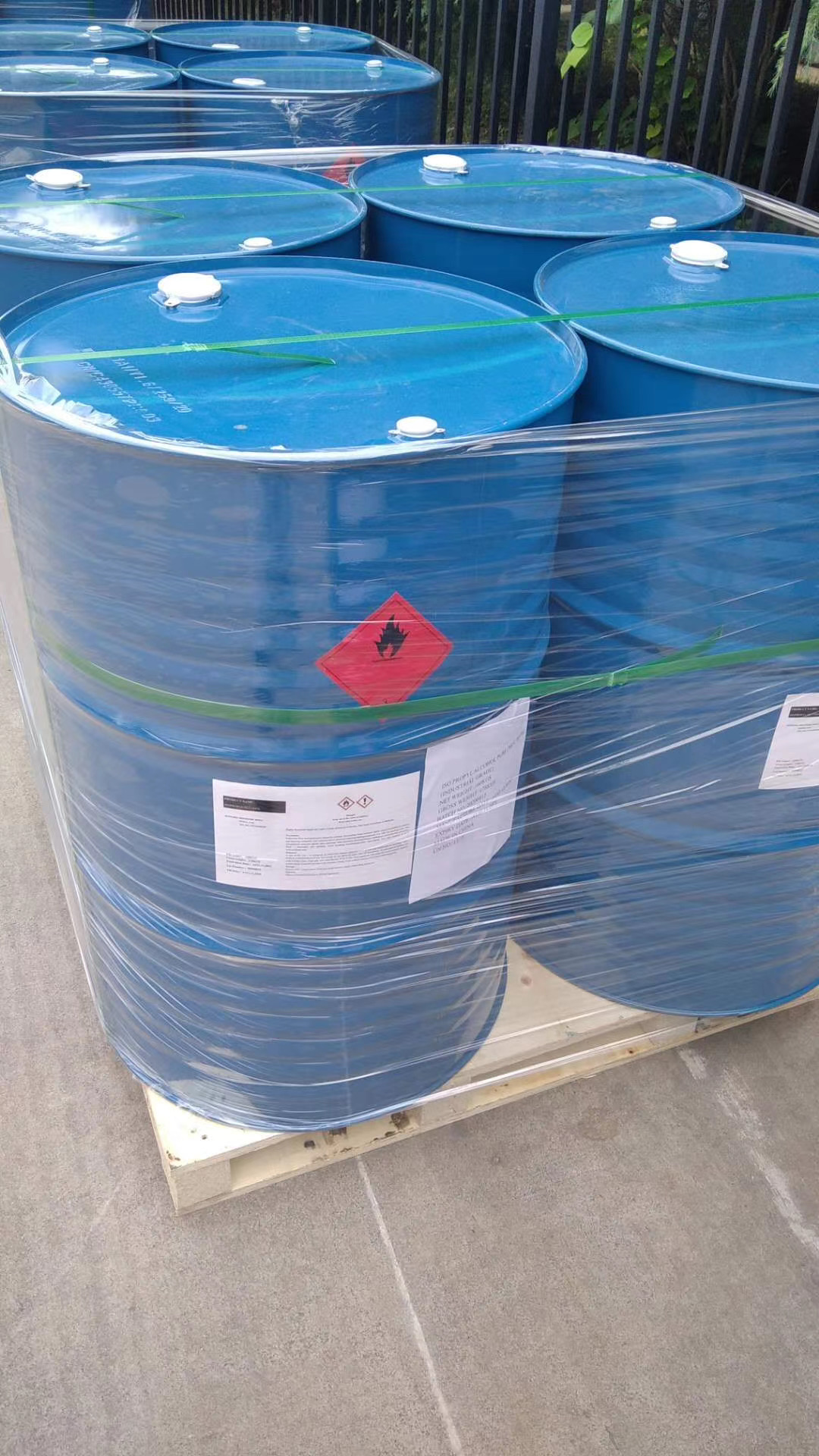-
Categories
-
Pharmaceutical Intermediates
-
Active Pharmaceutical Ingredients
-
Food Additives
- Industrial Coatings
- Agrochemicals
- Dyes and Pigments
- Surfactant
- Flavors and Fragrances
- Chemical Reagents
- Catalyst and Auxiliary
- Natural Products
- Inorganic Chemistry
-
Organic Chemistry
-
Biochemical Engineering
- Analytical Chemistry
- Cosmetic Ingredient
-
Pharmaceutical Intermediates
Promotion
ECHEMI Mall
Wholesale
Weekly Price
Exhibition
News
-
Trade Service
Scientists describe the performance of UV-cured transparent silicone modified polyurethane-acrylic coatings with high hardness, good thermal stability and adhesion.
the hardness of conventional UV curing PU is low and can be scratched during storage and transportation. When the temperature exceeds 200 degrees C, they also experience severe pyration and poor heat resistance, limiting their application in high temperature areas
.
to address these challenges, a UV-cured transparent coating was prepared using thiol silicone resins and polyurethane acrylics through thiol-ene click reactions. The obtained coating shows excellent scratch resistance, good thermal stability, considerable adhesion, effective water resistance and good UV radiation resistance. More specifically, the pencil hardness and initial thermal decomposition temperature are in the range of 6 B-9 H and 297 to 306 degrees C, respectively, which is better than conventional UV-cured PU.
Excellent scratch resistance
what's even more striking is that when the coating is applied to a coating with a curing time of 40 s to 60 s, there are no marks on the coating and even the slides are cracked, so the coating has excellent scratch resistance. The resulting coating has a transmission rate of 85%-99%, the adhesion to the slide can reach level 0, the water absorption rate is in the range of 0.23 wt% to 0.60 wt%, and the exposure to ultraviolet light (7.8 mw.cm-2) is 180 minutes in the environment without turning yellow. The prepared transparent silicone modified polyurethane-acrylate coating is expected to be widely used in information technology equipment and automobiles.
the study was published in July 2020 in volume 144 of Organic Coatings Progress.







